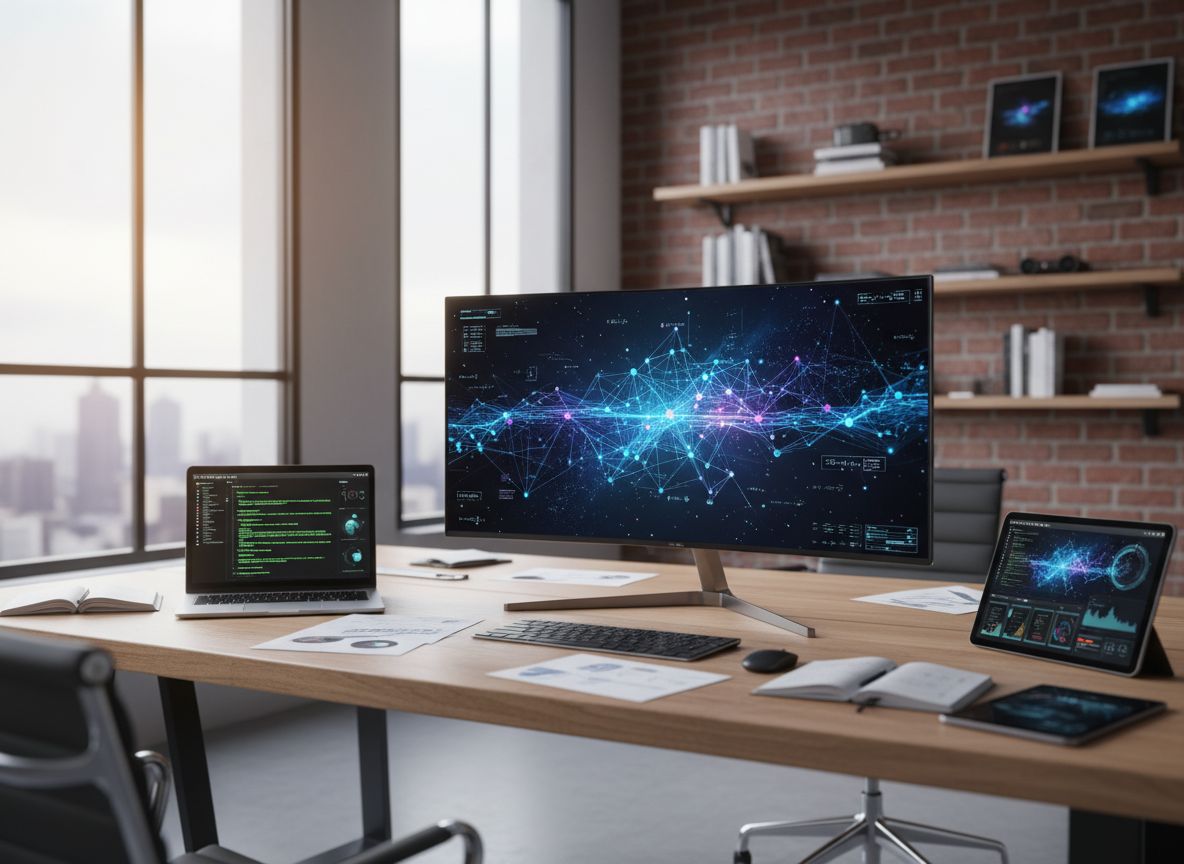AI Glossary
AI-Powered Surveillance
AI-powered surveillance uses artificial intelligence to analyse security camera footage in real-time, identifying objects, recognising faces, and detecting unusual behaviour to enhance security.

Explanation
Think of AI-powered surveillance as giving security cameras a super-smart brain. Instead of just recording footage, these systems use artificial intelligence to analyse what they're seeing in real-time.
They can identify objects, recognise faces, and detect unusual behaviour, like someone loitering or a package being left unattended. It's like having a vigilant security guard who never gets tired or distracted.
AI algorithms can sift through hours of footage in minutes, flagging potential threats and alerting security personnel. This allows for faster response times and more effective security measures. It's a powerful tool for enhancing safety and security in various environments.
Examples
Consumer Example
Imagine a smart doorbell that uses AI-powered surveillance to recognise familiar faces and alert you when a stranger approaches your door. It can also detect packages left on your doorstep and send you a notification, helping to prevent theft. It's like having a personal security system that protects your home and loved ones.
Business Example
Consider a retail store using AI-powered surveillance to monitor customer behaviour and detect shoplifting. The system can identify suspicious activity, such as someone concealing merchandise, and alert security personnel. This can reduce theft, improve customer safety, and enhance the overall shopping experience. It's like having an invisible security force that protects your business.
Frequently Asked Questions
Browse More Terms
Explore other AI terms starting with "A"
Become a Bellamy Alden Insider
Get exclusive access to the AI insights, frameworks, and playbooks trusted by industry leaders to stay ahead of the curve.
